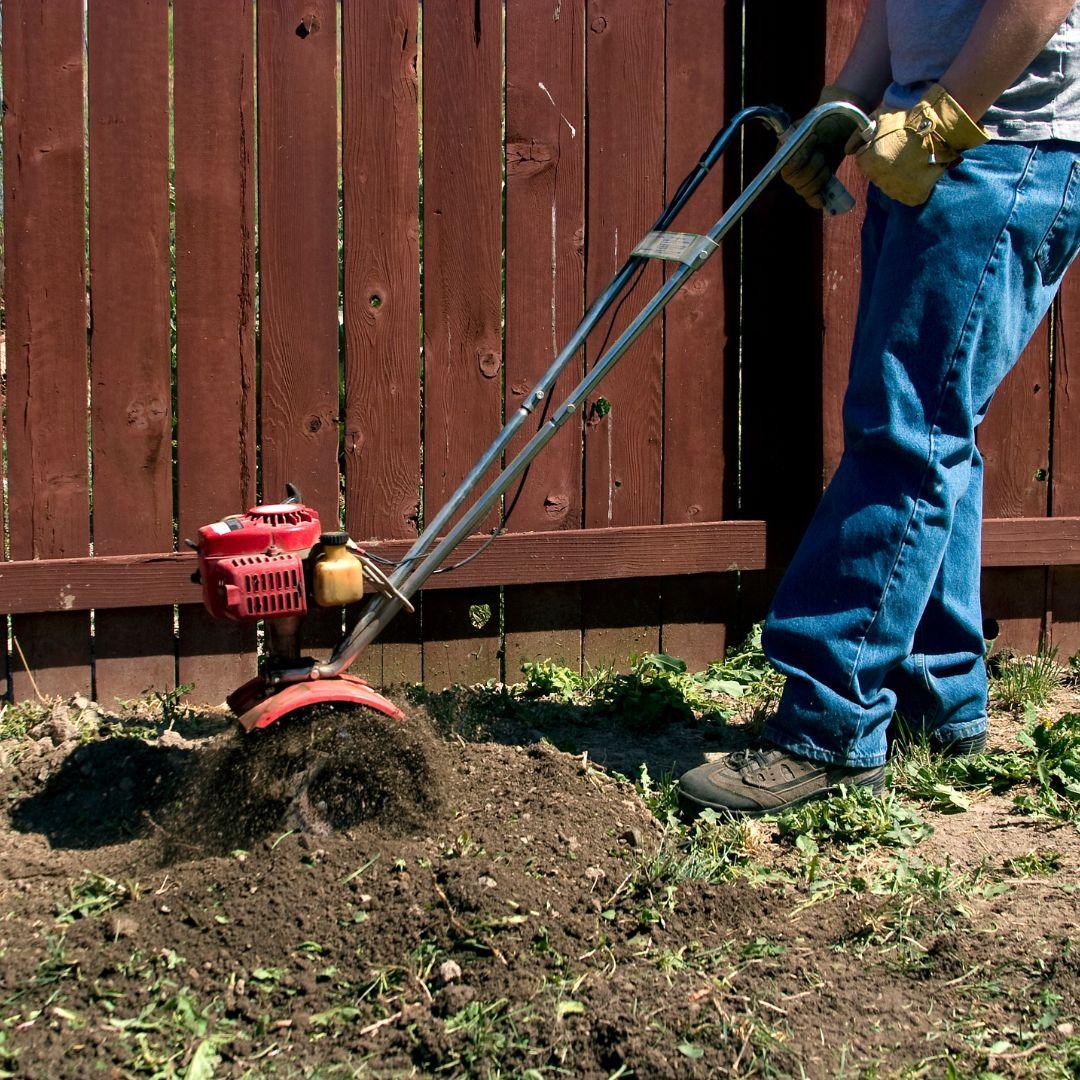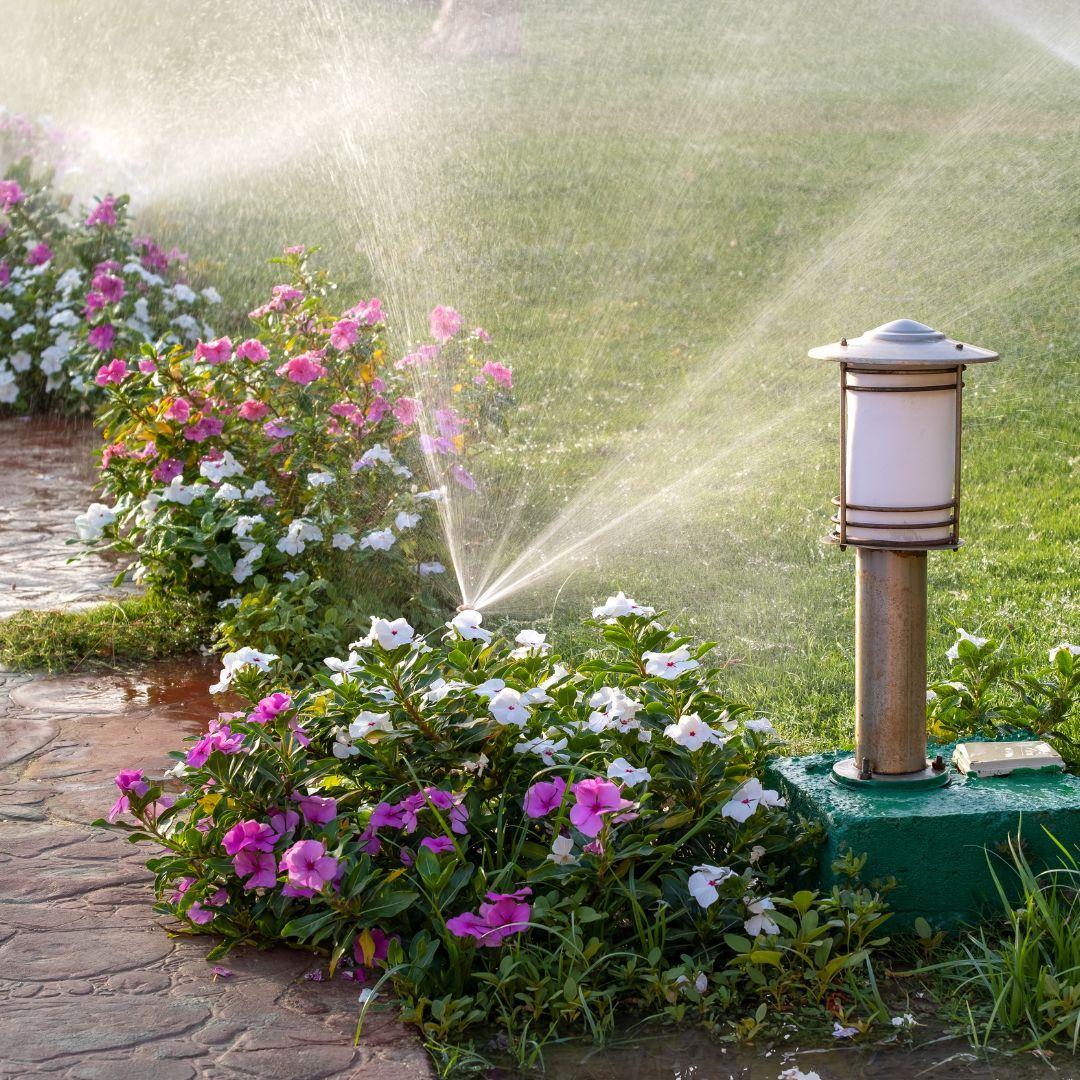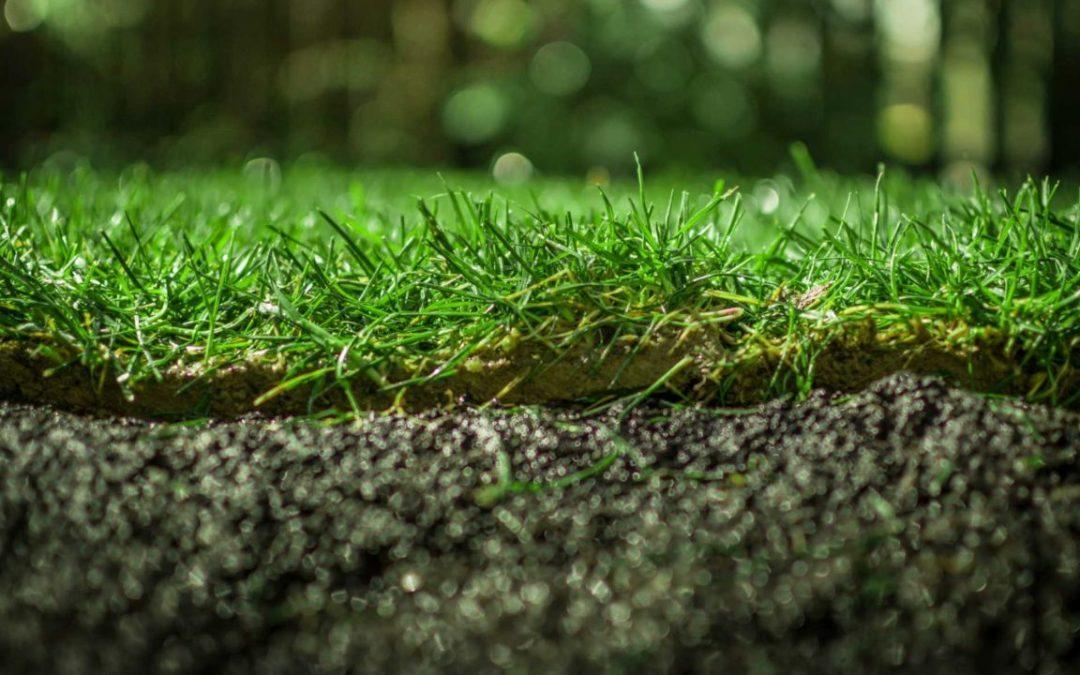Tips for Planting Grass Seeds in the Fall
There is an estimated 40 million acres of turf grass in the United States. For many homeowners, the goal is to have a perfectly green lawn that’s uniform in color and thickness. If your lawn doesn’t live up to this standard, then it could be time to consider planting grass seeds.
These landscaping tips will help you transform your lawn this fall.
When Should You Plant Grass Seed?
Fall is the best time to plant grass seed if you live in a northern region. This gives the grass seed plenty of time to dig down and establish strong roots underneath the winter landscape. Then when spring comes and temperatures warm up, the seed has a strong foundation for sprouting and growing leaves.
One should aim to plant the seed between mid and late September. The temperatures are cooler than in summer, but the ground hasn’t frozen yet. However, weather can be fickle, so aim for a time when temperatures are consistently between 50 and 60 degrees.
How to Plant Grass Seed
Don’t simply grab a bag of grass seed and begin aimlessly tossing it on the ground. This creates an ineffective environment for the seed, resulting in wasted time and money. Instead, follow these steps for planting your grass seed:
 Prepare the Soil
Prepare the Soil
If you want your new grass to thrive, you need to give it the ideal home, which means preparing the soil. The time to do this is just before laying the seed. Start by breaking up the hard and compacted soil where you want your new seed to go with a tiller or spade fork.
Sometimes, the soil may need amending. This happens when the ground is mainly clay or sand. These materials are not suitable for growing grass because they do not hold the right amount of water or nutrients.
Mix in high-quality compost or soil in the top layer of the ground. Make sure to go a few inches deep to create a good environment for the length of the roots. This will also add much-needed nutrients.
Level the ground to prevent low spots where pooling can happen. This encourages even drainage once your lawn is in place.
Choose the Best Grass Seed
To experience the full benefits of using grass seed, you must pick the right grass. Cool-season grasses are typically your best option because they thrive in cooler fall temperatures. These include tall fescue, perennial ryegrass, and Kentucky bluegrass.
Avoid warm-season grasses, as these grow better when planted in the spring. Examples of these grasses include Zoysia, Centipede, Bahia, and Bermuda. These grasses tend to die off in cold temperatures, which can have a negative impact on your home landscaping.
Plant the Grass Seed
Now that you have the right kind of seed and prepared soil, you are ready to spread the seed. You could spread it by hand if you are doing a small patch. However, if you are doing a large space, then a handheld, circular, or drop spreader is a better option.
These spreaders will distribute the seeds more evenly for better coverage. Once you have spread the seed everywhere that you want it, use a rake to gently work the seeds into the soil. They should be only 1/4 inch below the soil surface.
Mulching the seeded ground with a biodegradable seed starter helps to keep the birds and other animals from thinking you just laid out a buffet.
Watering 
Next, you need to water your seeds so that they are moist but not soaking wet. This prevents them from getting dried out and scorched in the sun.
If you didn’t use mulch to cover the seeds, you may need to water it multiple times a day.
However, watering advice needs to be taken with a caveat. Always check your local weather forecast. If there is supposed to be rain, work with it by accounting for it in your watering schedule.
Caring for the New Grass
Depending on the growing condition and seed type, your seeds could germinate anywhere from five days to as long as three weeks. Once you see them starting to grow, you can reduce the watering frequency by gradually watering less. Start by watering every couple of days and then drop it down to once weekly.
Check the status of your new lawn when the seedlings grow to about an inch tall. This is when you will begin to see bare spots. Re-seed these spots so that they fill in for an even lawn.
Start Planting Grass Seeds on Your Residential Landscaping
Planting grass seed is not as simple as it may seem. However, if you take the time to perform the necessary steps, you will be rewarded with a beautiful new lawn.
Start by preparing your soil and choosing the right type of grass seed. Then carefully lay your seed and care for it as they germinate and begin to grow.
Contact our team if you are ready to say goodbye to your dead lawn and hello to beautiful landscaping.




